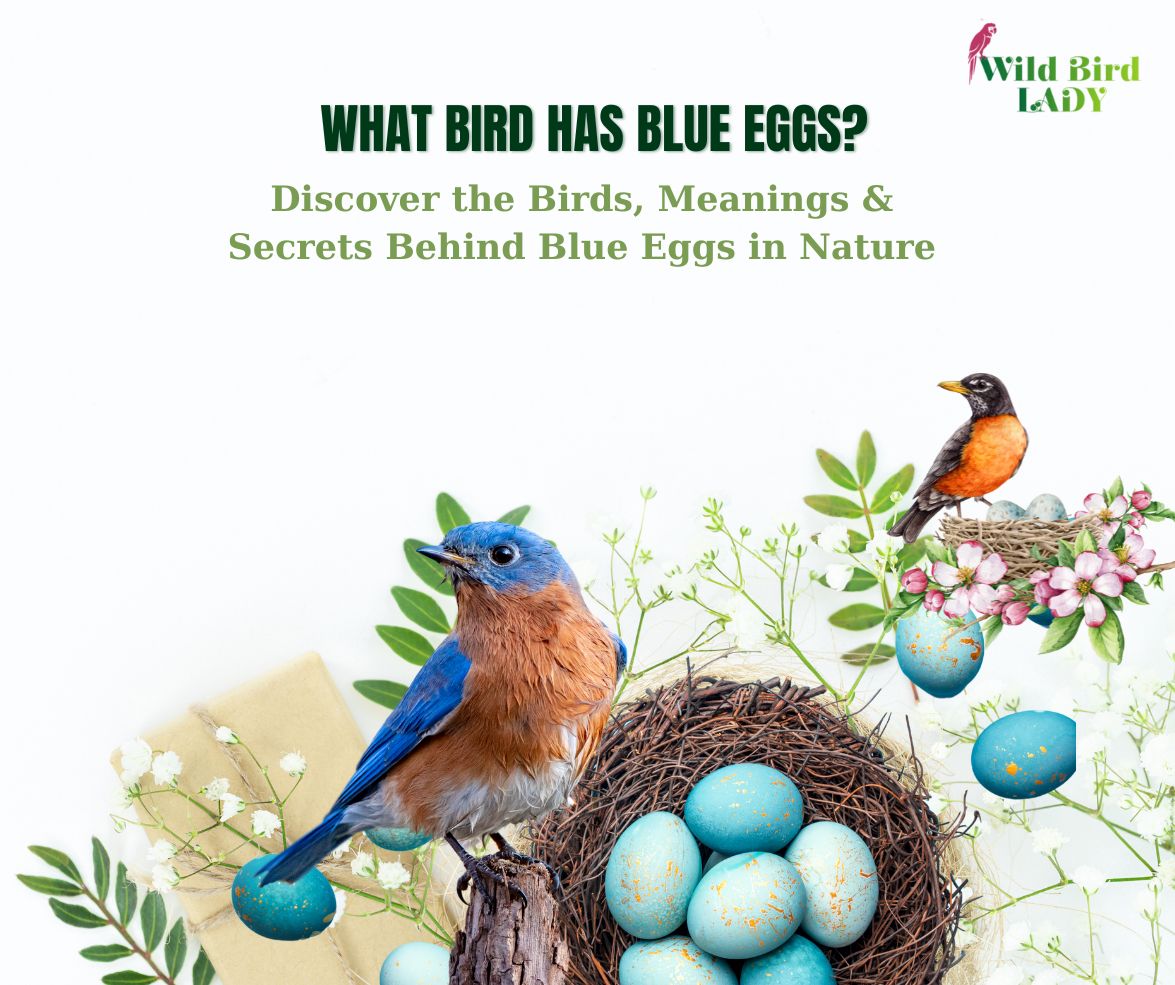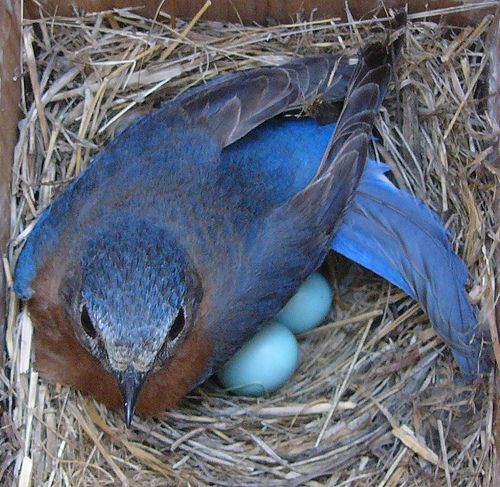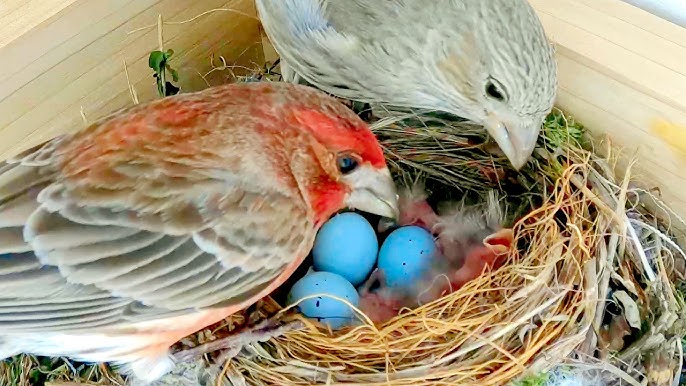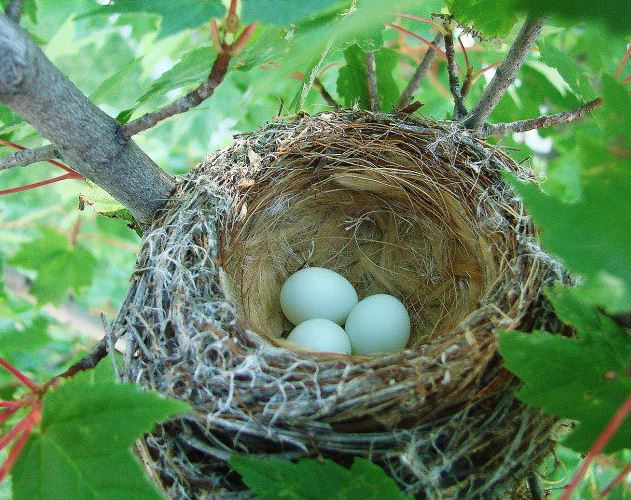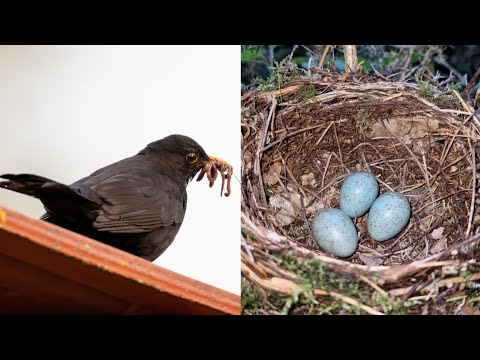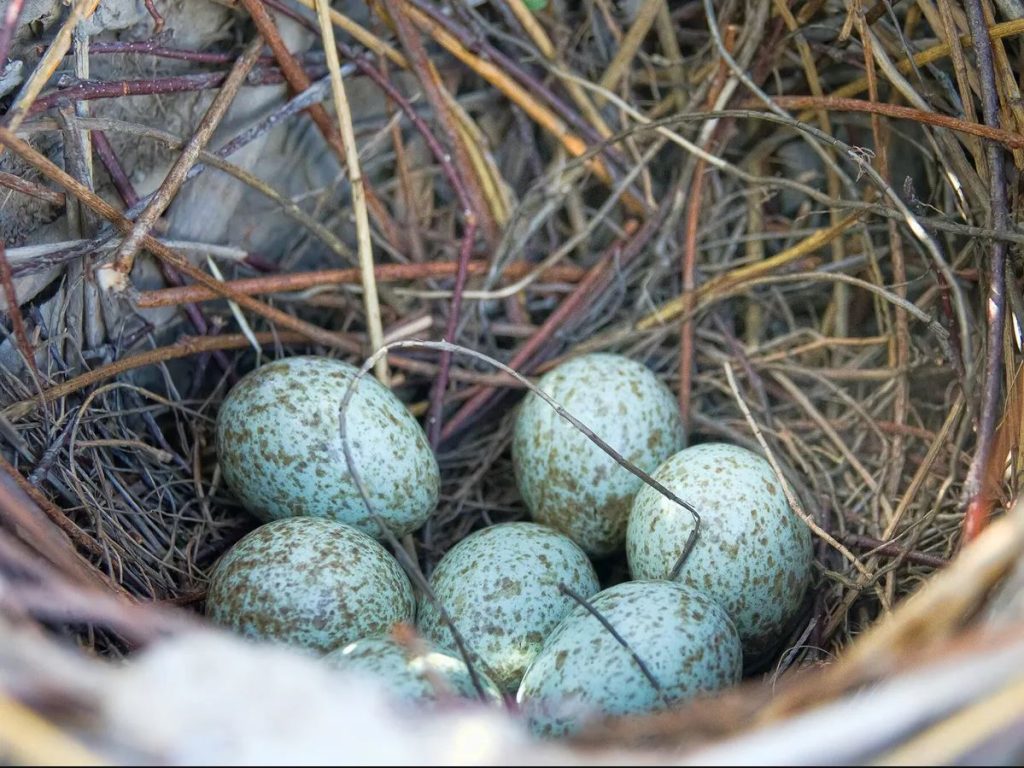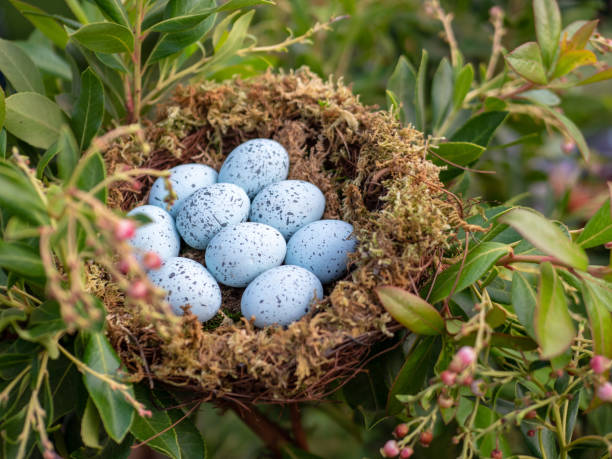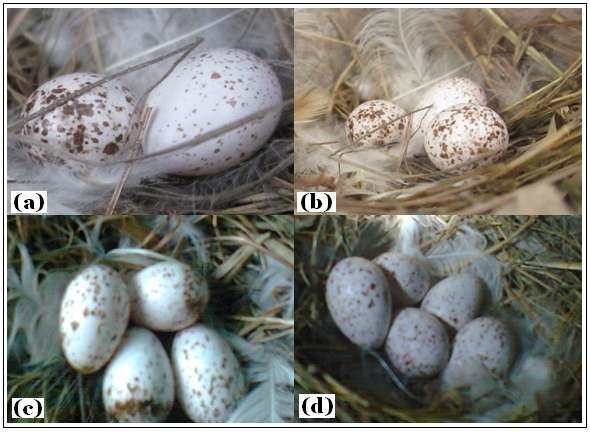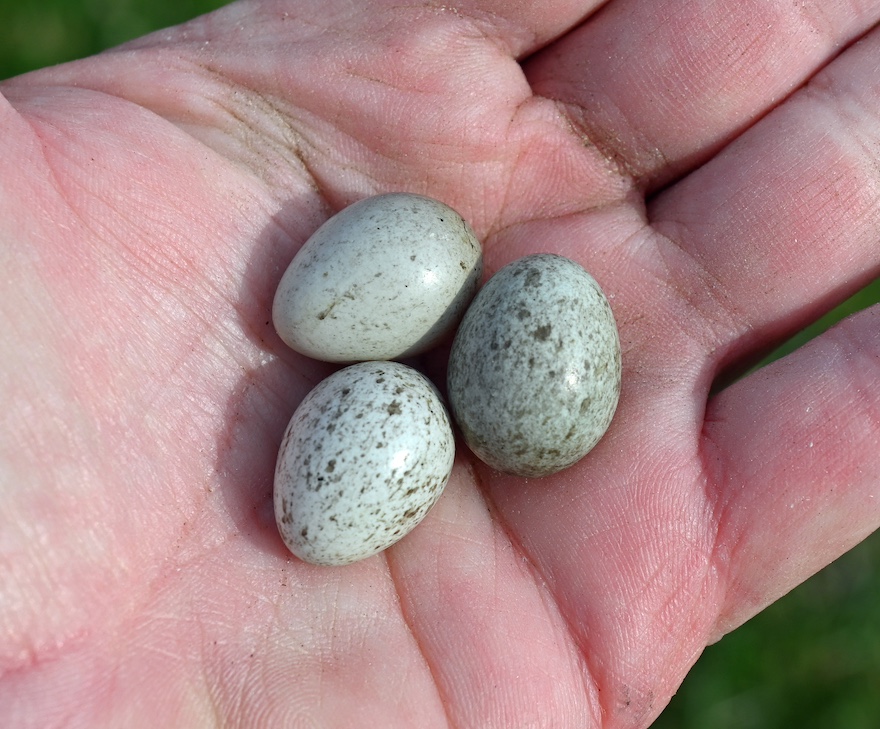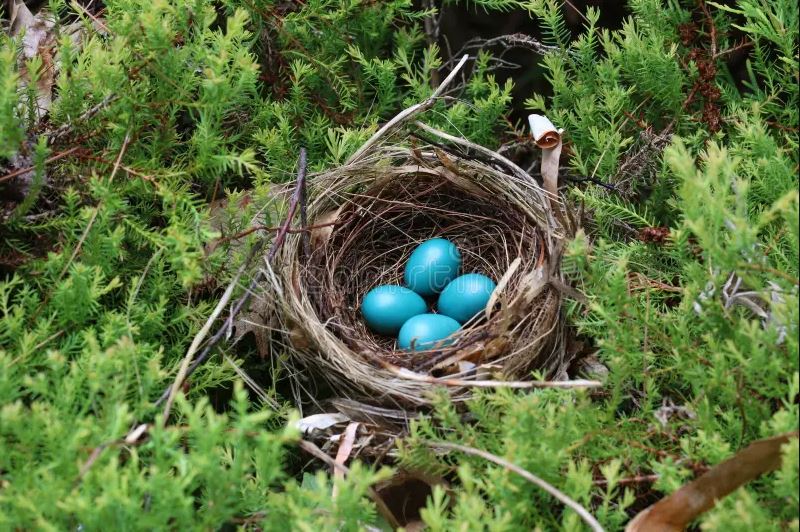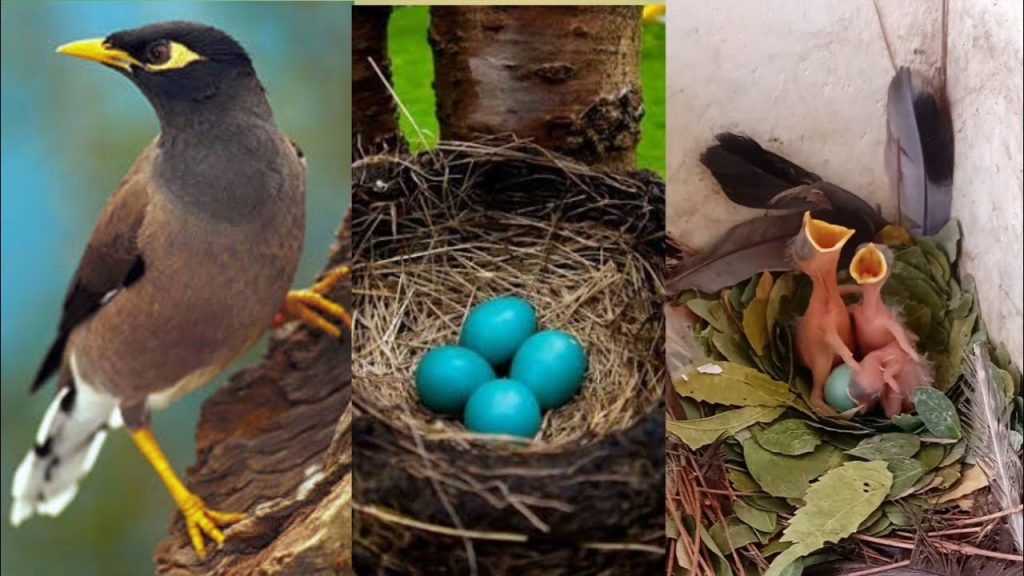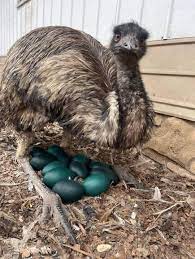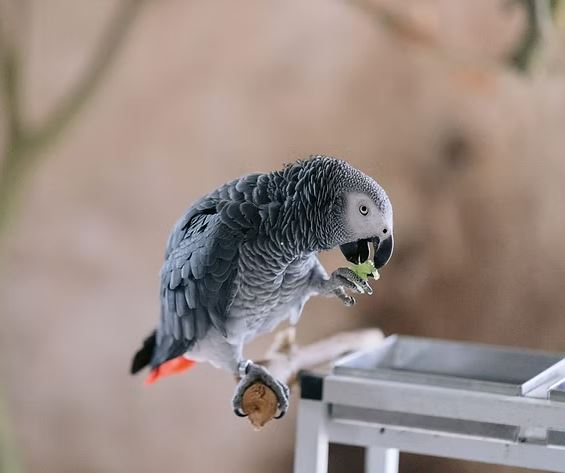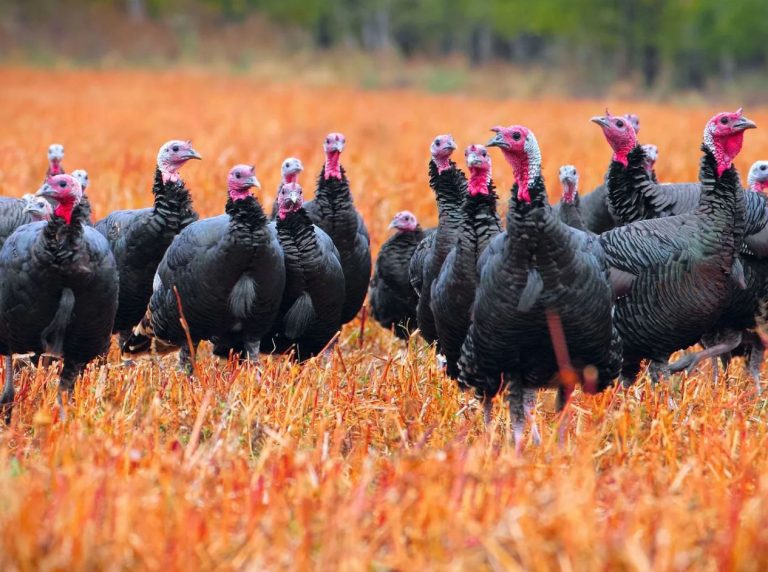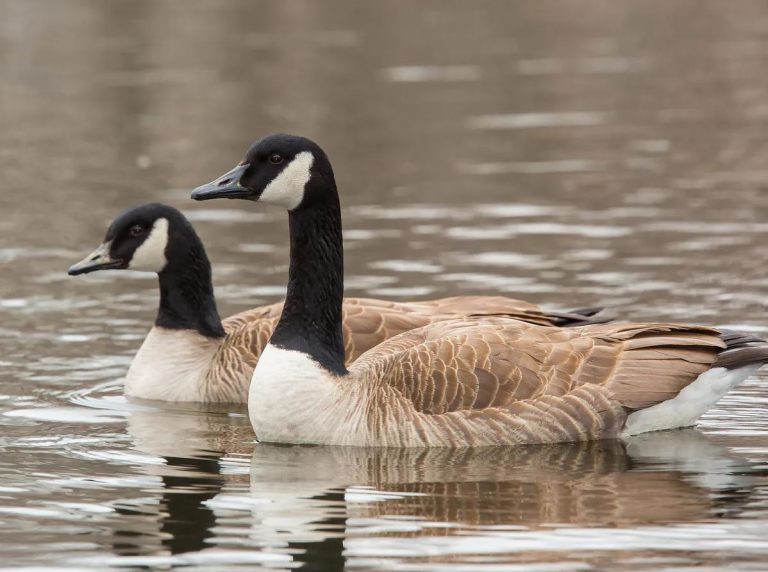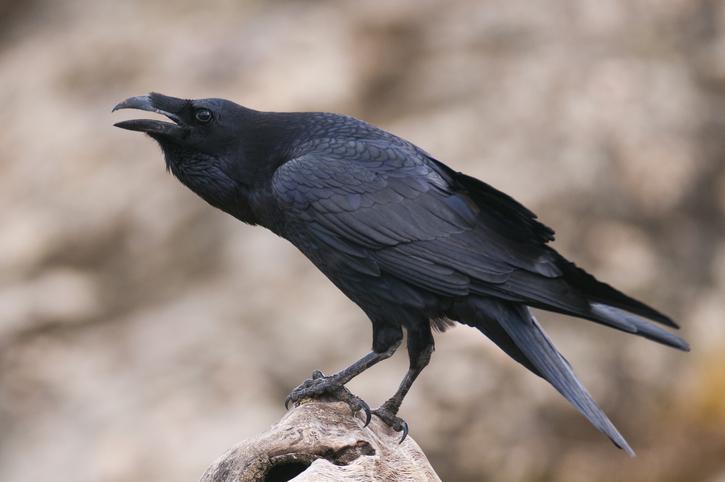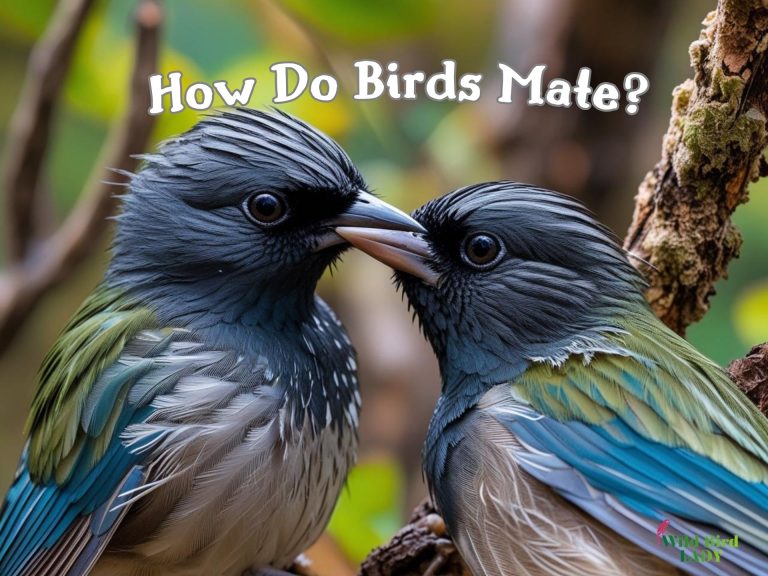What Bird Has Blue Eggs? Discover the Birds, Meanings & Secrets Behind Blue Eggs in Nature
If you’ve ever stumbled upon a small, delicate blue egg nestled in a bush or tucked away in a tree, you might’ve wondered: what bird lays blue eggs? Are blue eggs rare? What’s the meaning behind their beautiful color?
You’re not alone in asking these questions. Blue eggs are one of nature’s most enchanting mysteries. They’re often associated with robins, but many other bird species also lay blue or bluish eggs. In this guide, we’ll answer all your questions—what birds have blue eggs, what are blue eggs, and what bird has a blue egg—while exploring the biology, symbolism, and wonder of these striking treasures.
What Are Blue Eggs? A Quick Overview
Blue eggs are bird eggs that naturally have a blue or blue-green shell color. The color ranges from pale sky blue to deep turquoise, sometimes with speckles or markings. The blue hue comes from a pigment called biliverdin, deposited on the shell during egg formation.
Why Do Some Birds Lay Blue Eggs?
There are a few scientific reasons why certain birds lay blue eggs:
- Camouflage: In open nests, blue or greenish hues help blend in with leaves and sky, offering protection from predators.
- Pigment Protection: Biliverdin may act as a natural sunscreen, protecting embryos from UV damage.
- Health Indicator: In some species, more vibrant blue eggs are linked to healthier, stronger females—acting as a signal to the male.
Now that you know what blue eggs are, let’s dive into the most fascinating part—what bird has blue eggs and why.
What Birds Have Blue Eggs? 15 Birds That Lay Blue or Bluish Eggs
Let’s answer the most important question: What bird lays blue eggs? Here are 15 birds—both common and surprising—that are known to lay blue or blue-green eggs.
1. American Robin (Turdus migratorius)
- Egg Color: A vivid, unmarked sky blue, often described as one of the most iconic egg colors in North America.
- Nest Type: Robins construct open cup-shaped nests using grasses, twigs, and mud. These nests are typically found on tree branches, window ledges, porch lights, or even tucked into eaves of houses.
- Breeding Season: Begins in early spring and can last through late summer. Robins may raise two to three broods per year, with 3–5 eggs per clutch.
- Parental Behavior: Only the female incubates the eggs, which hatch after about 12–14 days. Both parents feed the hatchlings.
- Fun Fact: The American Robin’s egg color is so distinctive that it has become a cultural reference point. The shade “robin’s egg blue” is now commonly used in design, fashion, and home decor to describe soft, pastel blues.
- Where to Spot Them: Common throughout the U.S., robins are familiar backyard visitors and can often be seen foraging for worms on lawns or singing from treetops.
2. Eastern Bluebird (Sialia sialis)
- Egg Color: Typically a soft pale blue, though occasionally white.
- Nest Type: Found in tree cavities and nest boxes. They prefer open woodlands, orchards, and suburban yards.
- Breeding Behavior: Bluebirds are cavity nesters and rely heavily on man-made boxes for nesting, especially in developed areas.
- Fun Fact: Their gentle personality and helpfulness in insect control make them favorite backyard birds.
3. European Starling (Sturnus vulgaris)
- Egg Color: Glossy light blue or bluish-white.
- Nest Type: Cavities in buildings, trees, or nest boxes—often competing with native species.
- Behavior: Known for their gregarious nature and large flocks called murmurations.
- Fun Fact: Despite being non-native to North America, they are one of the most abundant urban birds.
4. House Finch (Haemorhous mexicanus)
- Egg Color: Bluish-white, sometimes with faint speckles.
- Nest Type: Often built in hanging plants, vents, wreaths, and other man-made ledges.
- Notable Trait: These birds adapt well to urban environments and may reuse the same nest multiple times.
- Fun Fact: House Finch songs are unique and complex, with males using them to attract mates.
5. American Goldfinch (Spinus tristis)
- Egg Color: Pale bluish-white.
- Nest Type: Open cup nests hidden in shrubs or tall meadow plants.
- Breeding Season: Late summer, aligning with peak seed availability.
- Fun Fact: Unlike most songbirds, goldfinches breed later in the season, often after July.
6. Song Thrush (Turdus philomelos)
- Egg Color: Glossy light blue with dark speckles.
- Nest Type: Built low in dense shrubs or trees using mud and grass.
- Location: Common across Europe but noteworthy due to their similar behavior to robins.
- Fun Fact: Known for their melodic song and habit of repeating phrases.
7. Dunnock (Prunella modularis)
- Egg Color: Bright turquoise blue.
- Nest Type: Low shrubs, hedges, and garden undergrowth.
- Interesting Behavior: Engage in complex mating systems including polyandry and polygyny.
- Fun Fact: Though shy and plain, their reproductive strategy fascinates ornithologists.
8. Common Blackbird (Turdus merula)
- Egg Color: Pale blue or greenish with reddish speckles.
- Nest Type: Cup-shaped nests in gardens, forests, and shrubs.
- Location: Found mainly in Europe.
- Fun Fact: Males are completely black with a bright orange-yellow beak.
9. Magpie (Pica pica)
- Egg Color: Bluish-green with brown speckles.
- Nest Type: Large, domed nests built high in trees using sticks and mud.
- Known For: Intelligence, problem-solving, and mimicry.
- Fun Fact: One of the few animals that can recognize itself in a mirror.
10. Blue Jay (Cyanocitta cristata)
- Egg Color: Pale blue or greenish-blue with dark speckles.
- Nest Type: Nest high in trees, often well-camouflaged among branches.
- Behavior: Known for their loud calls and aggressive nesting defense.
- Fun Fact: Blue Jays mimic hawk calls to deter other birds.
11. Barn Swallow (Hirundo rustica)
- Egg Color: Pale blue with reddish-brown speckles.
- Nest Type: Mud nests attached to buildings, bridges, and barns.
- Behavior: Agile flyers that catch insects midair.
- Fun Fact: Return to the same nesting site each year, often rebuilding old nests.
12. House Sparrow (Passer domesticus)
- Egg Color: Bluish-white or greenish-blue with brown speckles.
- Nest Type: Found in crevices of buildings, roofs, vents, and nest boxes.
- Notable Trait: Highly adaptable and social.
- Fun Fact: Although introduced from Europe, House Sparrows are now among the most widespread birds in North America.
13. Gray Catbird (Dumetella carolinensis)
- Egg Color: Deep turquoise-blue.
- Nest Type: Densely hidden shrubs and tangles.
- Song: Mimics other birds and sounds—often mistaken for mockingbirds.
- Fun Fact: Named for their cat-like “mewing” call.
14. Common Myna (Acridotheres tristis)
- Egg Color: Bright turquoise or pale blue.
- Nest Type: Tree holes, crevices in buildings, and even abandoned nests.
- Range: Native to Asia but now found in Australia and other warm climates.
- Fun Fact: Highly vocal and can mimic human speech.
15. Emu (Dromaius novaehollandiae)
Fun Fact: The male incubates the eggs and raises the chicks alone.
Egg Color: Deep emerald-blue, nearly black in appearance.
Nest Type: A shallow ground scrape lined with leaves.
Region: Australia’s grasslands and open forests.
What Bird Has a Blue Egg? Quick Clues for Identification
If you find a blue egg, identifying which bird it came from can be tricky without seeing the nest or parents. Here are some tips:
| Egg Color | Nest Type | Likely Bird |
|---|---|---|
| Bright sky blue | Open nest in tree | American Robin |
| Pale blue | Nest box | Eastern Bluebird |
| Blue with speckles | Bush or tree | Blue Jay, Starling, or Magpie |
| Blue in wreath/porch | Hanging planter or structure | House Finch or House Sparrow |
Always be cautious around nests—it’s illegal in many areas to disturb bird eggs or active nests (Migratory Bird Treaty Act in the U.S.).
Symbolism & Meaning: What Do Blue Eggs Represent?
Aside from their natural beauty, blue eggs carry symbolic meaning in many cultures and belief systems:
- Fertility & New Life: Their vibrant color and fragile form make them powerful symbols of spring and rebirth.
- Hope & Renewal: Blue is often associated with serenity and hope—blue eggs amplify this in symbolic terms.
- Spiritual Significance: In some Native American traditions, bird eggs represent messages from the spirit world.
So when you wonder “what are blue eggs?”, you’re not just looking at a biological structure—you’re seeing a symbol of life, mystery, and transformation.
Are Blue Eggs Rare?
Not exactly. While they’re not as common as white or brown eggs, blue eggs are produced by a variety of birds across North America, Europe, and Asia. However, since many of these birds nest discreetly or high in trees, blue eggs often feel like a rare sight.
Fun Stat: American robins alone lay an estimated 1 billion blue eggs annually across North America!
Frequently Asked Questions (FAQs)
1. What bird lays blue eggs in a nest box?
Eastern Bluebirds are the most common cavity-nesters that lay blue eggs in nest boxes. Tree Swallows and House Sparrows may also lay bluish eggs.
2. What birds have blue eggs with speckles?
Species like the Blue Jay, Barn Swallow, and Magpie often lay blue eggs with spots or speckles.
3. What bird has a blue egg that’s smaller than a robin’s?
House Finches, Goldfinches, and Bluebirds lay smaller blue eggs than robins.
4. Can chickens lay blue eggs?
Yes! Though not wild birds, some chicken breeds like the Araucana, Ameraucana, and Easter Egger lay blue or green eggs—due to a genetic trait linked to biliverdin.
5. Is it okay to touch a blue egg I find?
It’s best to leave wild eggs alone. Human scent won’t cause birds to abandon eggs, but disturbing a nest can stress the birds or draw predators.
Final Thoughts: The Beauty and Mystery of Blue Eggs
Blue eggs are one of nature’s most beautiful surprises—fragile yet full of life, subtle yet symbolic. Whether you’re a backyard birder or a casual nature lover, noticing a blue egg can stop you in your tracks and remind you of the wonder that’s always around us.
So the next time you ask, “what bird lays blue eggs?” or wonder “what bird has blue eggs?”, remember—it could be a robin, a jay, a finch, or even a surprise species you didn’t expect.
Either way, those little blue treasures are worth celebrating and protecting.
Read more of our in-depth articles:

